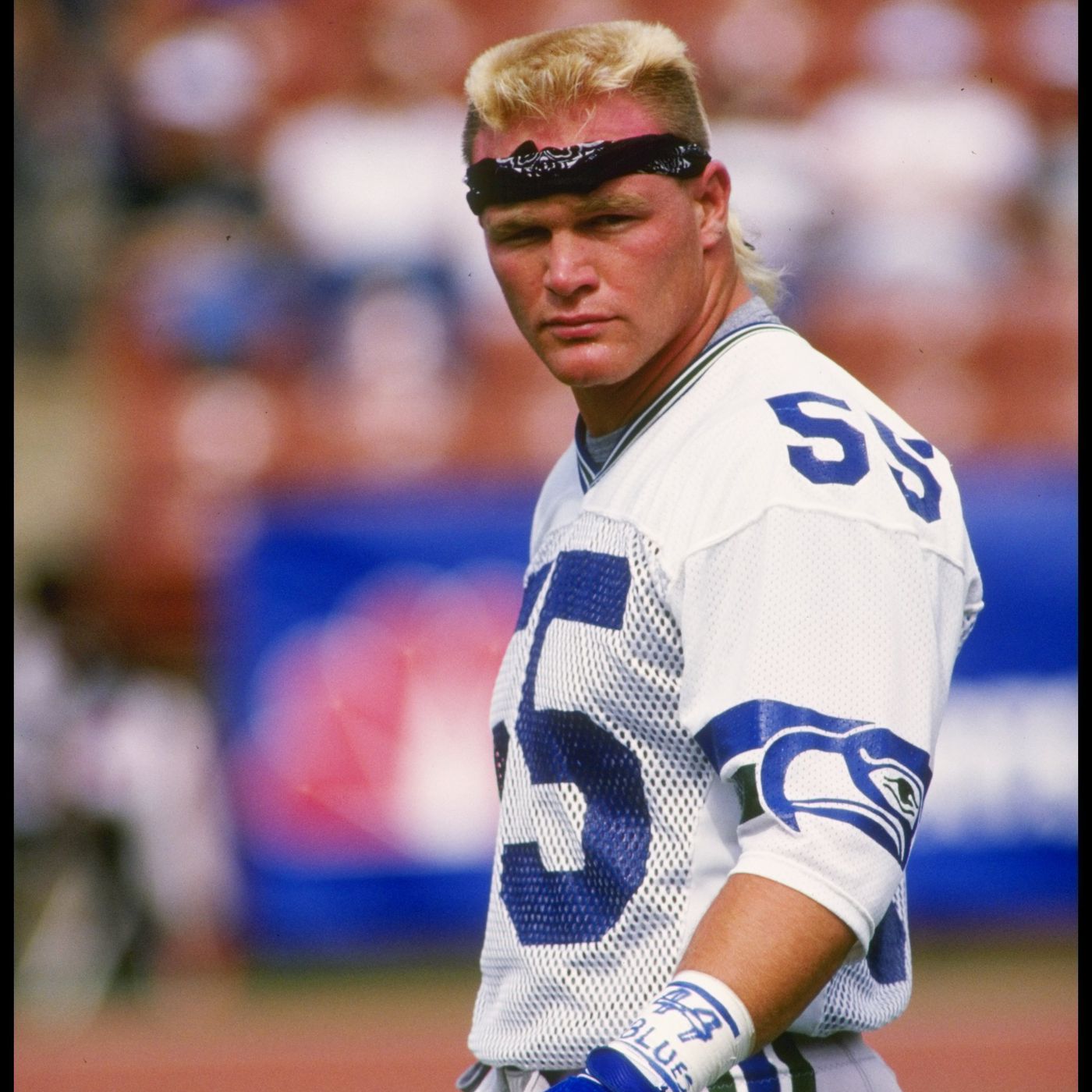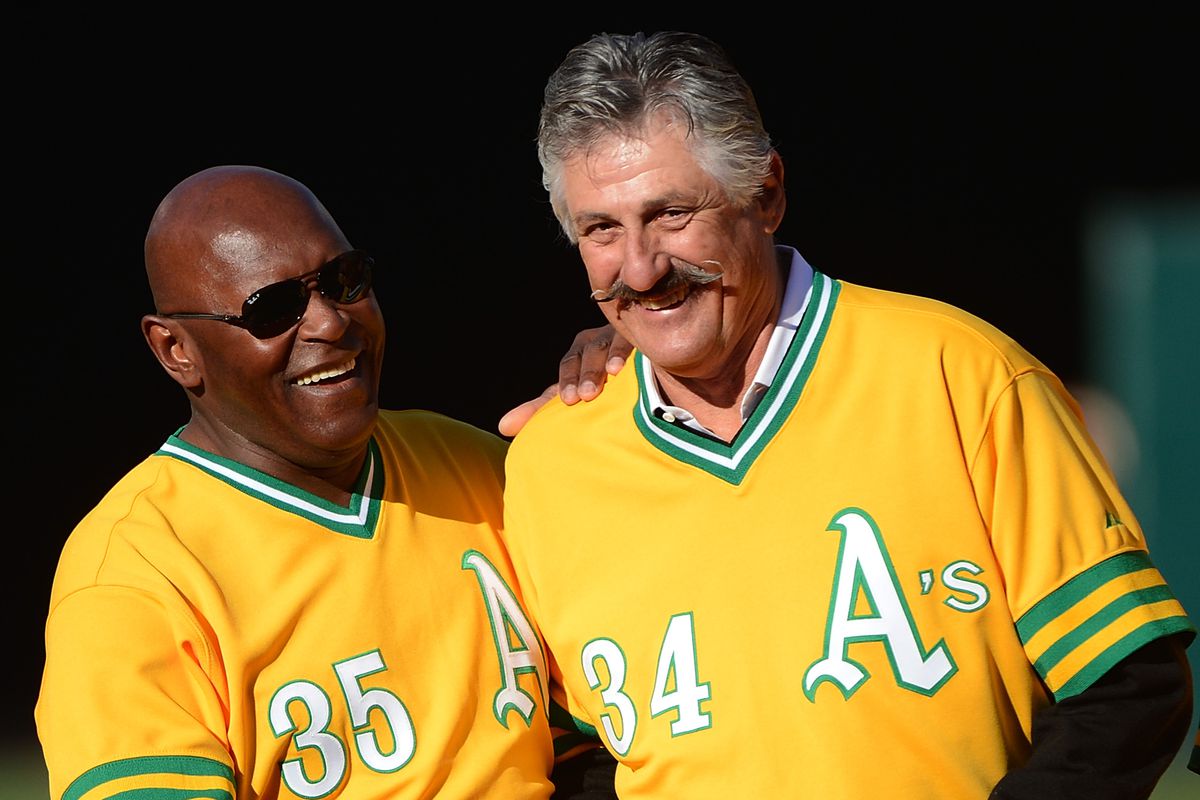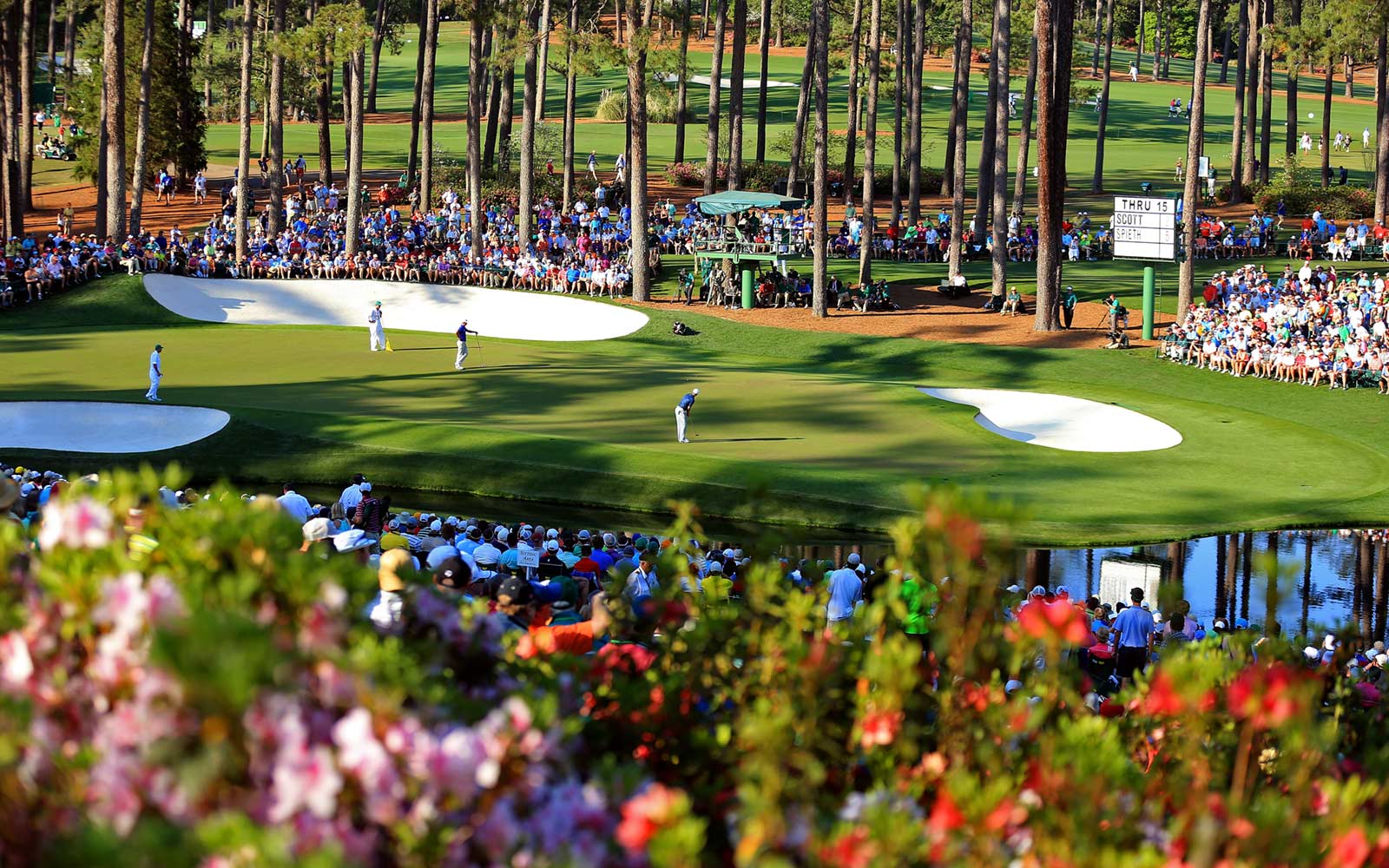In rowing, the athlete sits in the boat, called a shell, facing the stern [back] and uses oars for propulsion. Oars are held by oarlocks which, unlike a canoe or kayak, fix them in place. The first shells were made of wood but are now comprised of composite fiberglass, while oars are carbon fiber. There are two forms of rowing. In sweep, each rower has one oar, held with both hands. In sculling, each rower has two oars, one in each hand. The oar [scull] in the sculler’s right hand extends to the port [stroke side] and the one in the left hand extends to starboard [bow side]. Races are divided into sculling and sweep oar, with heavyweight [open] and lightweight divisions. Open divisions have no weight restrictions, while lightweight limits the average weight for men at 154 pounds and women at 126. Crews may include a coxswain, or “cox,” the member who sits in the shell and steers while coordinating the power and rhythm of the rowers. The cox does not row and is the smallest and lightest member of the crew. Average size of a male Olympic rower in open division is 6’6”, 225 pounds with less than seven percent body fat. The World Rowing Federation, which governs Olympic rowing, has established the minimum weight requirement for men’s crew coxswain—in racing uniform—at 121.25 pounds, while the requirement for women is 110 pounds. In all forms of modern competition, there are either one, two, four or eight rowers in a shell. International events currently have men and women compete in six events; single, double and quadruple sculls, lightweight double scull, the eight and the coxless pair. Men also race in two further events, the coxless four and lightweight coxless four.
There are several types of rowing races. Head Races are time trial competitions that are timed over a set distance, usually between 2,000 and 12,000 meters. A Bumps Race is a multi-day event beginning with crews lined up along water’s edge at set intervals. They start simultaneously while pursuing the boat ahead while avoiding being bumped from behind. A bump is awarded when a crew makes physical contact with the crew ahead. The next day, bumping crews start ahead of those that have been bumped. In a Stakes Race, competitors line up, race to a point [usually a stake, moored boat or buoy] some distance away, make a 180 degree turn, and return to the start line. Side by Side, or Sprint racing, has all the boats start at the same time from a stationary position and the winner is the boat that crosses the finish line first. It is the standard race used in the Olympics and World Rowing Championships, covering a distance of 2,000 meters [1.24 miles].
Annual rowing events include the European Rowing Championships and World Rowing Championships, which includes 22 boat classes raced. Major competitions include The Boat Race and Henley Royal Regatta in the United Kingdom, Harvard-Yale Regatta in the U.S., the Australian Rowing Championships and the Royal Canadian Regatta, held in St. Catharines, Ontario each year. The largest event in the world is the Head of the Charles regatta, held every October. The HOTC, or HOCR, is contested on the Charles River, which separates Boston from Cambridge. It includes 11,000 athletes, more than 1,900 boats racing 61 events. The Head of the Charles is the Boston Marathon [Daily Dose, April 19] of rowing, attracting over 300,000 spectators annually.









